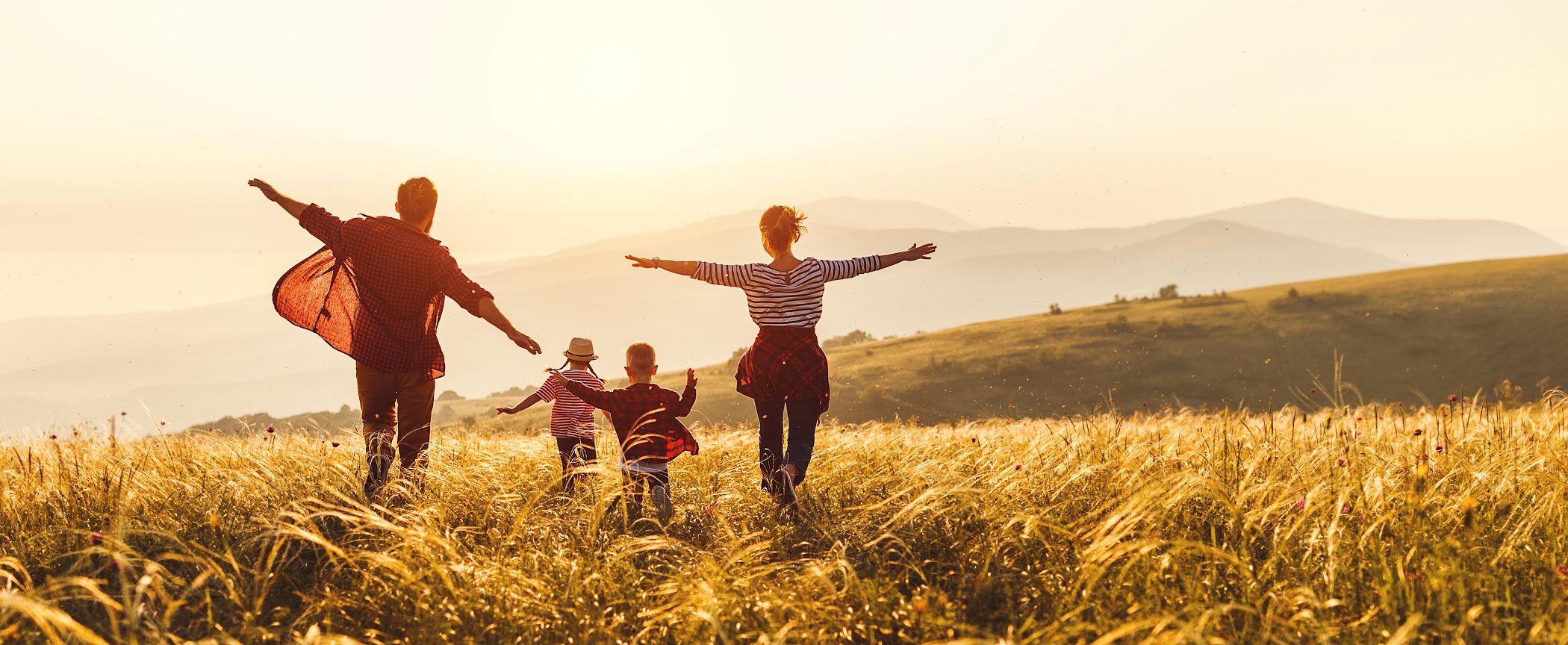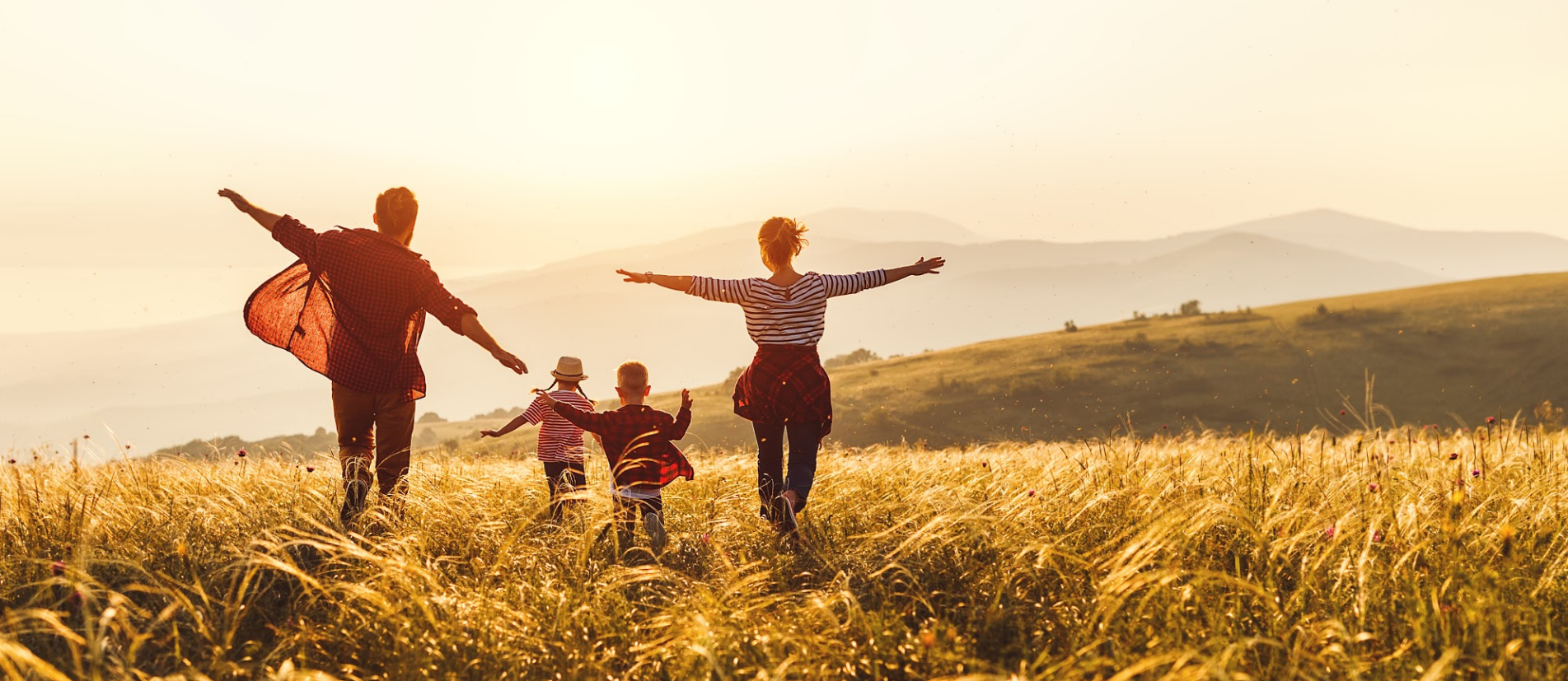
Steps to Teaching Mindfulness to Children
It’s really hard to live a mindful life when your mind is always full.
As adults, we show up each day armed with a never-ending to-do list. We juggle multiple roles at home, at work, within our community, and with our extended family. It’s exhausting! And, COVID has only made it harder to balance all the things, to create space and time to care for ourselves and replenish our energy.
What we don’t always realize as adults, is that children are also juggling every day.
I teach yoga in preschools and primary schools. I’m a mom of two incredible children. I’m also a board-certified genetic counselor. I’ve spent nearly two decades studying child development and watching kids adapt to the fast pace of life.
And I still get blown away, every single day, watching children learn to navigate their busy world. Their brains are constantly on. They’re constantly observing the people and experimenting in their environment and learning from their experiences.
Kids are sponges.
They absorb it all! The good, the bad, the ugly. They take the world in with eager curiosity. But children don’t have the filters that we, as adults, have developed. Adults have a mature prefrontal cortex, the part of the brain that allows us to think rationally, to process incoming information so we can weigh our options before acting. Scientists have shown that the prefrontal cortex doesn’t fully develop until around the age of 25. As a result, children primarily respond to the world through instinct and impulse.
They see something occur in their world and they start to develop thoughts, create beliefs, and make decisions right away.
Yes, kids are great at being present-minded. They can be throwing a tantrum one minute and running around the playground the next. Not having control over their emotions makes them act out in the quickest way they can release the energy they feel inside.
They’re always acting from a primal place.
So, no matter how many times we ask them to be patient, they’re just not developmentally able to comply. They’re just not able to regulate their emotions and calm themselves in a given moment without support.
What can help? How can we teach mindfulness and patience?
Here are three simple steps to get started:
- STEP 1: PAUSE
Our instinct is often to react to our child’s impulsive, immature behavior with frustration, anger, shame, exhaustion, etc. We yell we threaten, we punish. Our child’s behavior triggers us and we want it to stop.
But being reactive isn’t going to solve anything quickly. If anything, when we react impulsively, we’re actually giving the child permission to normalize that behavior. Remember, children are always observing the world around them and starting to create connections between action and reaction.
Taking a pause and a breath allows you, as a parent, to self-regulate. To tap into your pre-frontal cortex and make a rational decision about what step to take next.
As a yoga teacher, I use several different breathing exercises and incorporate them into my family classes.
The simplest is 4-4 box breathing: Inhale for a count of 4, hold for a count of 4, exhale for a count of 4, hold for a count of 4. Repeat 2-3 times and then let your breath return to normal before responding.
4-4 box breathing helps soothe the nervous system and get you out of fight or flight.
But, my favorite is lion’s breath: Inhale through your nose then, opening your mouth wide, stick out your tongue as you exhale.
Lion’s breath relieves tension throughout the body but especially in the face and neck. It tones the throat, even reducing wrinkles (and who doesn’t want fewer wrinkles?!)! And it reduces stress.
It’s also just fun! It’s hard not to laugh together when mom is sticking out her tongue and making a face.
STEP 2: SHINE YOUR LIGHT
This is the step where you start to get curious, like a detective shining your flashlight in a dark hallway, looking for clues about your child’s behavior. At some point in your life, you’ve felt what your child is feeling; thought what your child is thinking; acted impulsively like your child.
Shining your light is meant to help you and your child see more clearly the thoughts, beliefs, and decisions underlying the behavior.
Give them the words to express the emotion: “You seem frustrated (or sad, angry…). What’s going on?”
Encourage them to share and tell you more. To get curious with you.
STEP 3: CHOOSE YOUR OWN ADVENTURE
No one, even adults, likes being told what to do. To feel like they have no choice or say.
Once you’ve uncovered the clues that are underlying your child’s behavior, you get to work together to write the next chapter. To brainstorm what choices are available. Your child learns that their emotions are valid. That it’s normal to be frustrated when someone tells you to stop playing and go wash your hands for dinner or when your brother won’t get out of your room.
And, you’re teaching them that they have a choice about what to do with that emotion.
Role-playing is a great way to practice choosing your own adventure. What would it look like/feel like, if they choose to respond by throwing a tantrum? What would it look like/feel like if they choose to go get an adult to help them talk it out with their sibling?
When role-playing, I find that kids love to be the parent and have the adult play the child. And, in switching roles with them, both you and your child get to experiment and use your imagination and creativity. As Mary Poppins would say, this is an opportunity to find the fun and make the job (of learning mindfulness) a game.
Every child has a basic need to know that they matter. That they are worthy. That they belong. Taking the time to go through these 3 steps and modeling mindfulness for our children will help them feel safe and secure. As a result, they start to trust that they’ll still get their needs met if they are patient. It is resilient, confident, compassionate.
Parenting is a partnership, not a dictatorship. When we partner with our children and build a supportive, safe, positive environment for them to explore, observe, and develop mindfulness, we help them avoid overstimulating their brains so that they navigate the world with calmer and ease and grow up to be confident, respectful, independent adults.
Marisa Raymond, MS MPH CGC CYT-200 is a playful parent coach, yoga teacher, and board-certified genetic counselor for parents and children who feel mentally and physically EXHAUSTED from trying to do all..things. Her clients crave more family time, but when it comes, they don’t know how to connect in a meaningful and enjoyable way for everyone. Tempers flare, buttons get pushed, and everyone ends up feeling overwhelmed and underappreciated. Using a swiss army knife of tools as unique as her clients, Marisa helps families create more calm, ease, and joy.
Learn more at: https://marisaraymond.com or email her at marisa@marisaraymond.com
